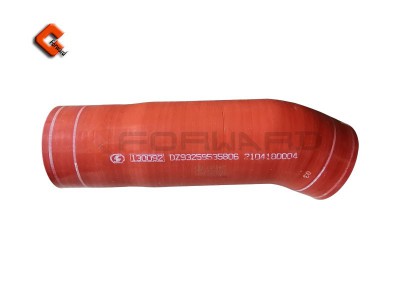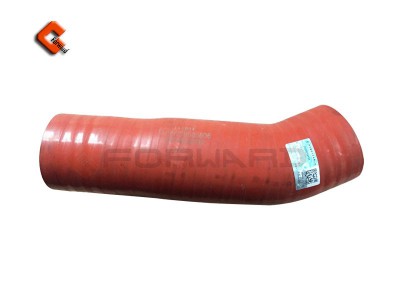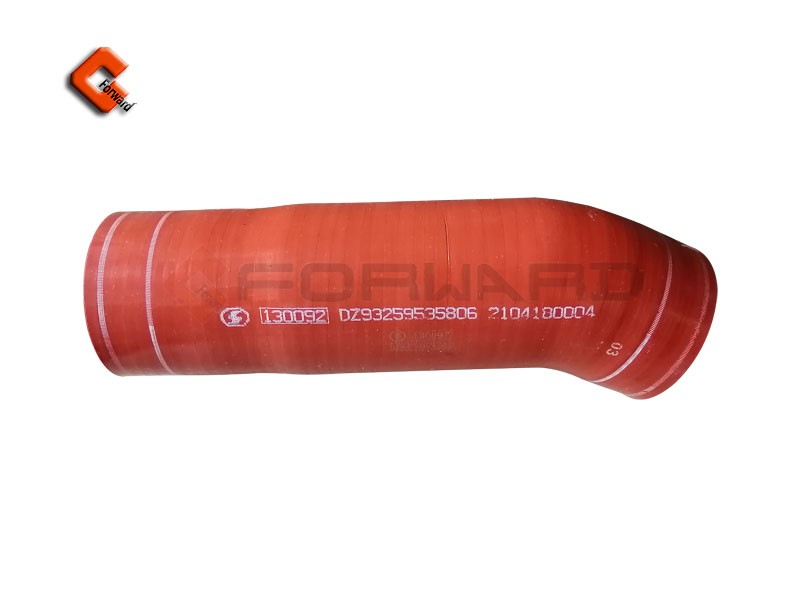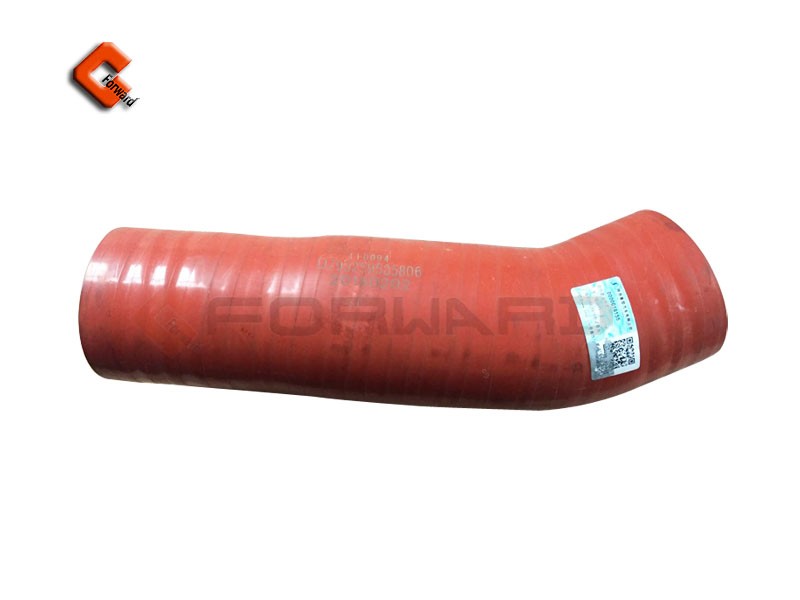And through the pump into the cylinder body water jacket. Because the cooling water does not heat through the radiator, the engine temperature can be rapidly increased. This cycle is called a mini-cycle.
2. Large circulation: when the engine water temperature is higher than 86℃, the main valve of the thermostat is opened and the bypass valve is closed. Cooling water all by the main valve into the radiator heat dissipation, the water temperature rapidly reduced, and then by the pump into the cylinder body water jacket. This kind of loop
It's called the Great Cycle.
3. Mixing cycle: when the water temperature is between 76 ℃ and 86℃, the main valve and bypass valve of the thermostat are in a partially open state. At this time, both large and small circulation exist, and only part of the cooling water is dissipated by the radiator. Two. Wax thermostat working source
Paraffin is solid at normal temperature, when the water temperature is lower than 349K (76℃), the main valve is completely closed, the bypass valve is fully opened, and the water from the cylinder head enters the pump directly through the bypass pipe, so it is called a small circulation. Because the water only flows between the pump and the water jacket
Moving, not through the radiator, and the flow is small, so the cooling strength is weak.
When the water temperature of the engine reaches above 349K (76℃), the paraffin wax gradually becomes liquid, and the volume increases accordingly, forcing the rubber pipe to contract, thus producing upward thrust on the lower cone of the center rod. Because the upper end of the rod is fixed, the center rod is on the rubber pipe
And the induction body produces downward thrust, overcomes the spring tension so that the main valve gradually opens, the bypass valve opening gradually decreases





 [VIP第8年] 指数:7
[VIP第8年] 指数:7 通过认证
通过认证 




